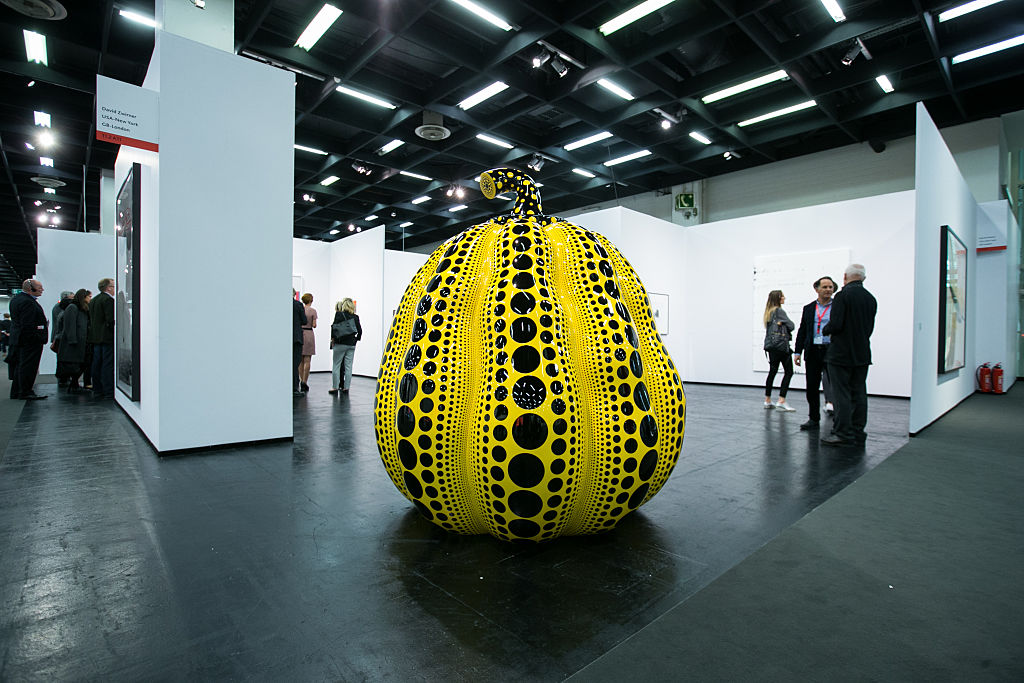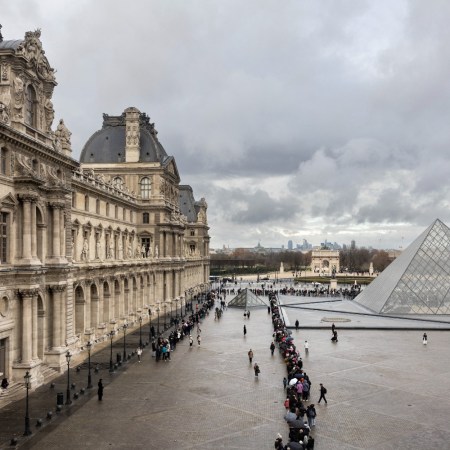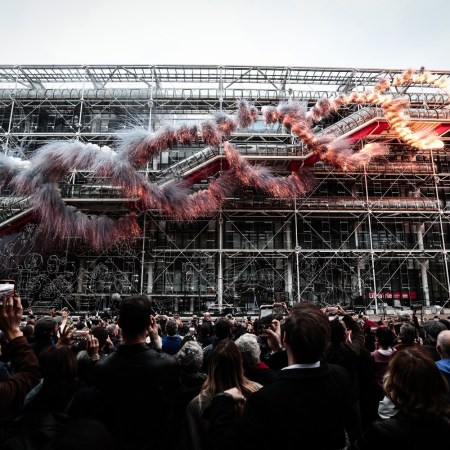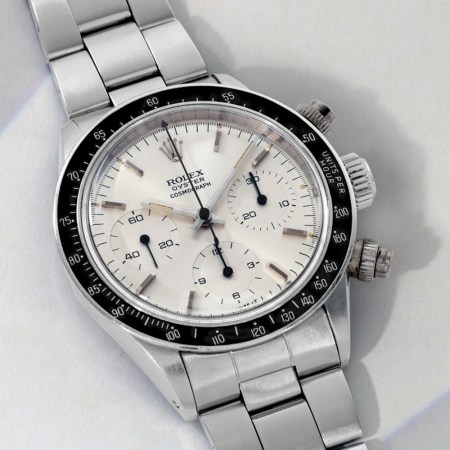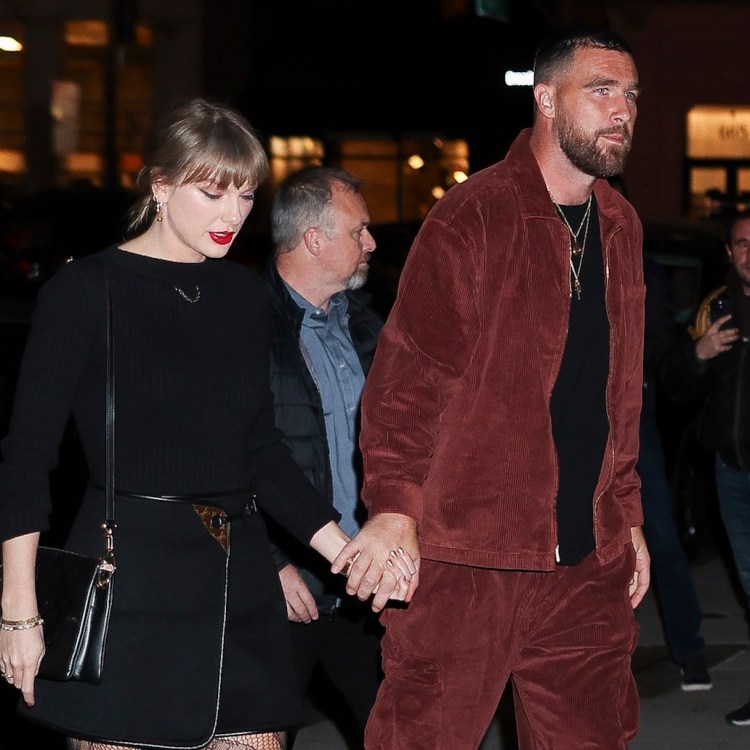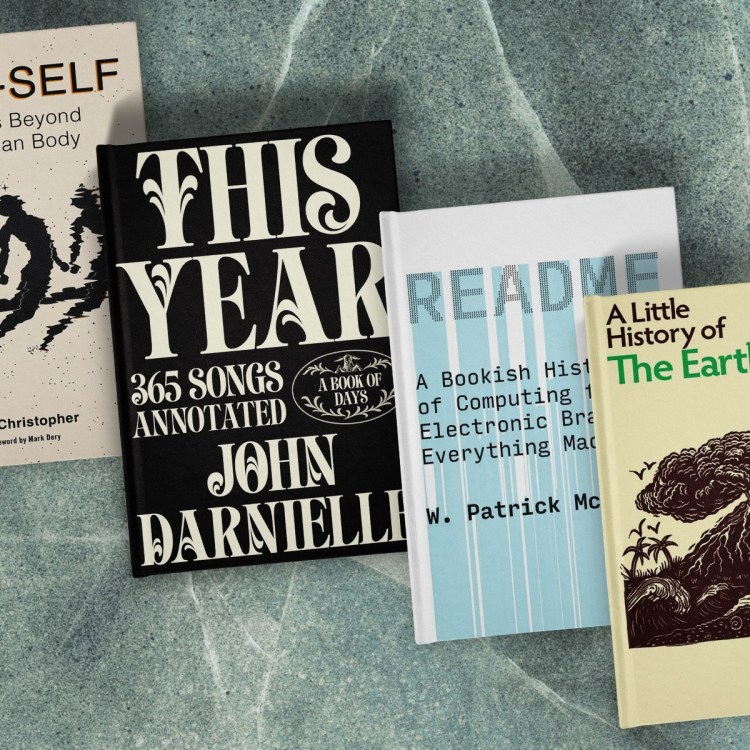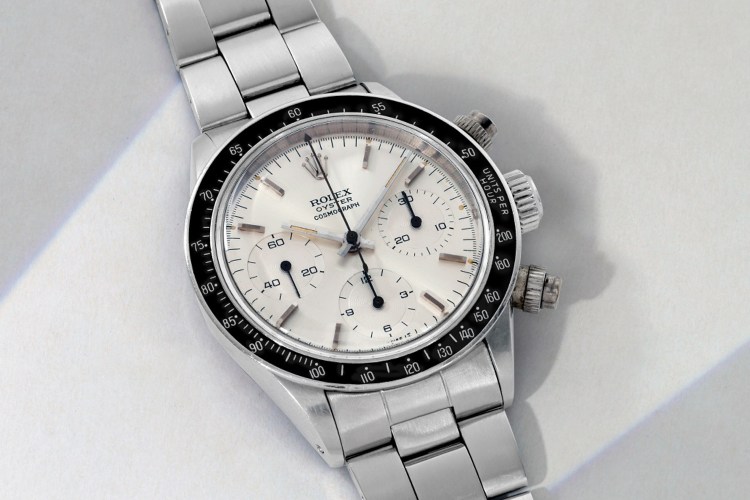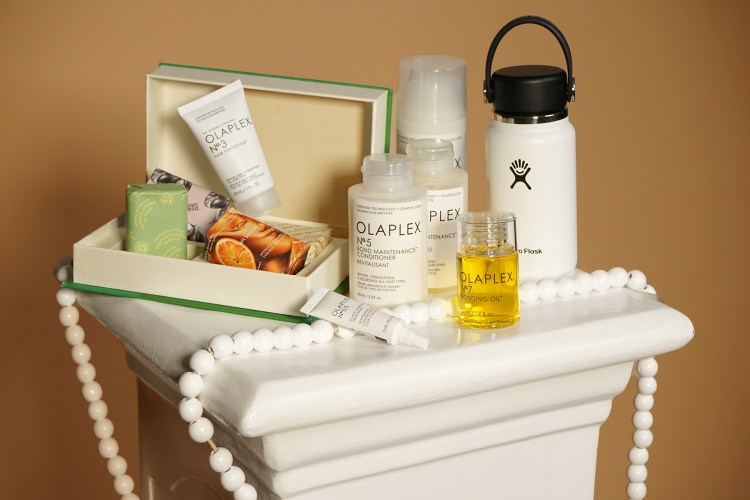For those intrigued by unsavory dealings in the art world, early 2021 brought the case of Angela Gulbenkian into the spotlight. The short version? Gulbenkian had capitalized on a famous family name to gain entry into high society, and had organized sales of works of art — most notably, a Yayoi Kusama sculpture — without actually delivering the art in question. This led many people to wonder where the $1.375 million that the buyer had paid for the Kusama piece went — not the least of whom was the guy who was out $1.375 million without a sculpture to show for it.
Now, a new article at Air Mail by Joseph Bullmore offers an update on Gulbenkian’s case. And “case,” in this instance does indeed refer to the legal sense of the word. In July, Gulbenkian pleaded guilty to two charges of fraud — one regarding the Kusama sculpture and one over $65,000 she owed to her masseuse. A report from Artnet news offers more details on where the money went — which is to say, she spent a lot of it, including on a charter jet and a Rolex.
Gulbenkian was sentenced to three years and six months in prison. Another lawsuit, surrounding an Andy Warhol print, remains pending.
The Air Mail article looks at this case in comparison to that of Inigo Philbrick. According to art dealer and Philbrick expert Kenny Schachter, the two differ significantly. “His scam was in the many, many millions. She was just playing around with a million or so,” he told Air Mail.
But he also sounded a cautionary note that might help safeguard against future art scams. “When someone presents themselves in the art world with a last name that’s got renown and historical resonance, you can’t fault someone for falling for it,” he observed. Still, it pays to be careful.
Thanks for reading InsideHook. Sign up for our daily newsletter and be in the know.
